Malcolm Loudon
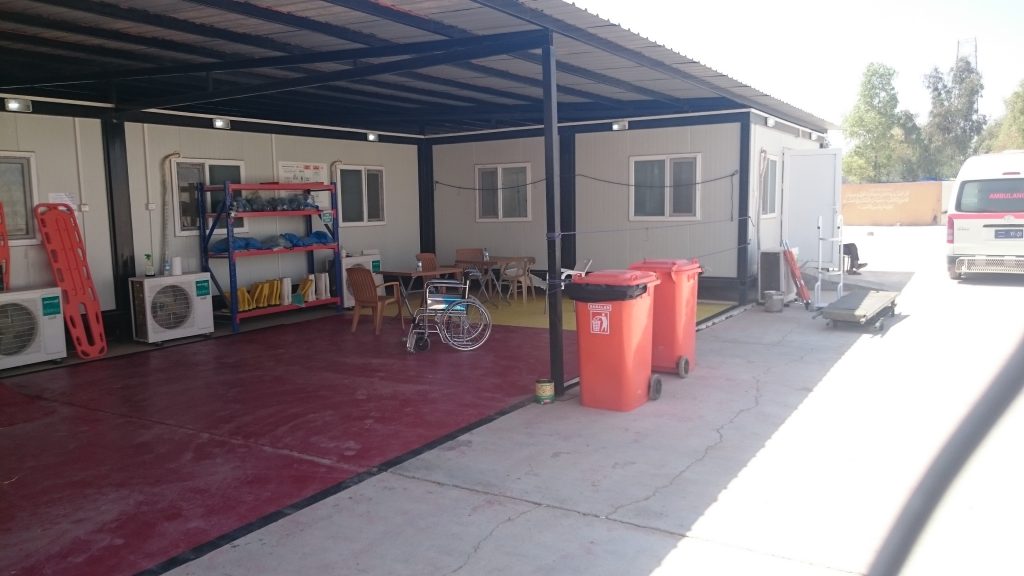
In late Spring 2017 the Islamic State (ISIS) had been driven out of much of Iraq after a brutal occupation for the previous two years. A complex battlespace had emerged around the final refuge of Islamic State in Mosul, involving multiple actors from within the Iraqi state and Iraqi Kurdistan as well as regular and irregular forces from within Iraq and abroad. The degradation of state structures, in particular the destruction of the health care system, combined with the general effects of war and sanctions, on an imprisoned, starving and traumatized civilian population all led to a complex and compounded humanitarian emergency.
The extent and complexity of the security and humanitarian situation, with the increased direct
targeting of medical facilities, resulted in an environment so hazardous that the normal NGO
providers (MSF) and the ICRC were unwilling to provide medical and humanitarian relief. Consequently, the WHO as ‘provider of last resort’ commissioned organisations with experience of working in
non-permissive environments to deliver basic trauma care.
As a result, Malcolm Loudon was contacted through a number of channels and deployed in late Spring via Erbil to facilities adjacent to the battlefield around
Mosul. In undertaking this complex task he was able to draw on extensive experience in complex and chaotic environments, extensive clinical and leadership
experience combined with formal training in Global Health.
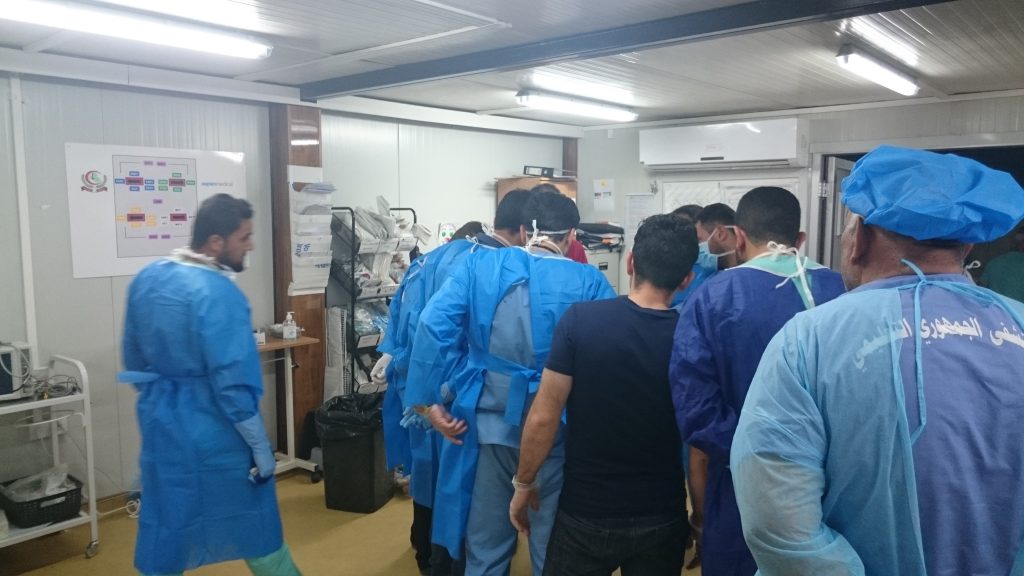
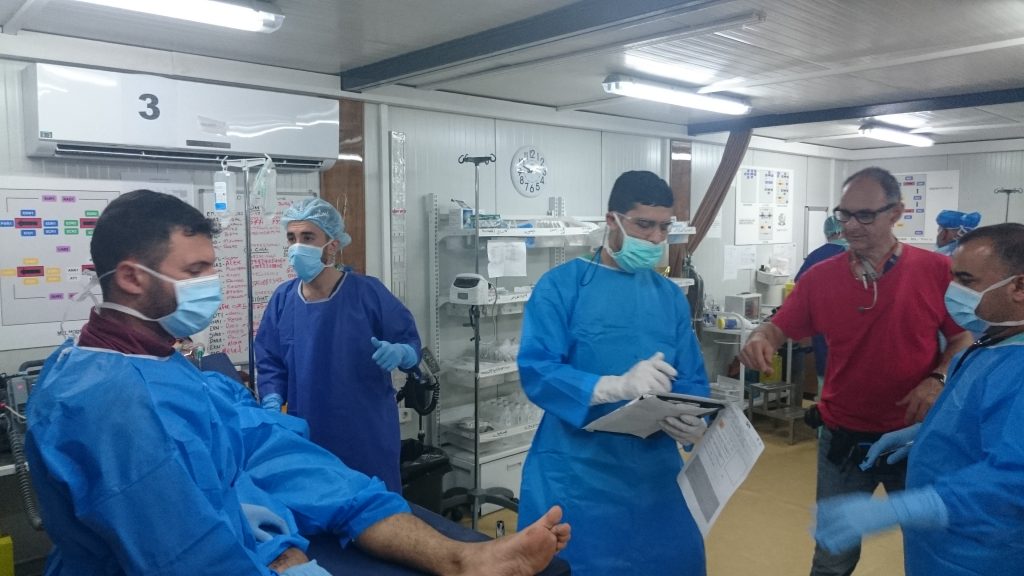
It was immediately evident that the multiple agencies, involved Including regional and national government, the WHO and providers lacked understanding, cohesion and were deficient on relevant expertise or experience.
These factors severely impacted on the ability to deliver the required clinical effect. Difficulties were
compounded by separate teams of local clinicians with complex internal dynamics, variable command of English and limited recent clinical experience.
Positive factors identified were extensive experience within the small international team in humanitarian spaces and although there was limited trauma
expertise, it was evident that this experience could be exploited. It was clear that effective clinical leadership was almost entirely absent.
The key strategic aim was identified – maximise clinical effectiveness based on realistic and pragmatic treatment goals, broadly aligned with ICRC standards of care and within limited resources available.
In order to achieve the aim, it was necessary to have a clear understanding of the (limited) medical capability within the region. The more effective medical providers were identified, using available medical intelligence, drawn through both military and civil channels. Particularly useful was local knowledge gleaned from Iraqi clinical colleagues.
Effective clinical leadership and team development were confirmed as the key operational tasks. Mitigation for lack of certain clinical skills was achieved by
teaching, training and mentorship where possible, or early transfer in/out of patients to appropriate
facilities, based according to need not geography.
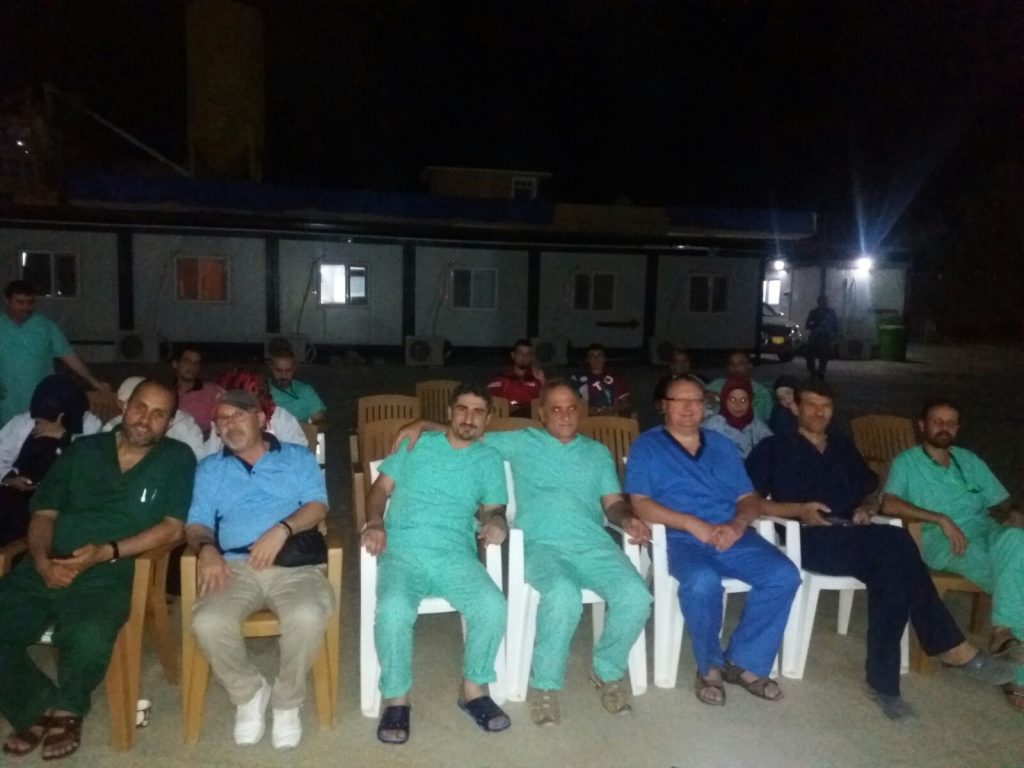
Awareness of complex political dynamics and relationships among and between the local clinicians was essential, combined with a culturally sensitive approach – it was clear that many of the most progressive and open-minded personnel were (or perceived to be) the more junior.
It was possible to avoid confrontation, but by engagement and humour, to significantly improve practice in areas such as hand hygiene and wound management. Building on initial small success permitted more complex areas of clinical delivery
systems to be addressed – these were approached obliquely through engagement – seizing best local policy and practice maintaining broad alignment with Ministry of Health processes while enhancing efficiency and effectiveness.
Combined with simple linear pathways and effective lines of communication including checklists and challenge-verification and back-briefing. This approach rapidly achieved improved outcomes. Simple specific visual cues for team membership (coloured baseball caps with roles) were particularly effective. It was rapidly evident that pride taken in responsibility led to mutual mentorship and critical support for colleagues. This proved both a clinical force multiplier and promoted and sustained improvement.
Within four weeks major gains had been achieved, with real evidence of buy in. Processes had been checked and refined following a Plan-Do-Check-Act continuous
cycle. One of the two teams in particular had become highly autonomous and self-sustaining with significant improvement in both teamworking and clinical effect also achieved in the other.
By the end of the period of the intervention and combined with a general reduction in violence and overall case load it was possible to withdraw, confident that the clinical and team elements were largely self-sustaining. In particular the elements of continuing personal development and quality improvement appeared embedded and with an evident sense of shared corporate pride.
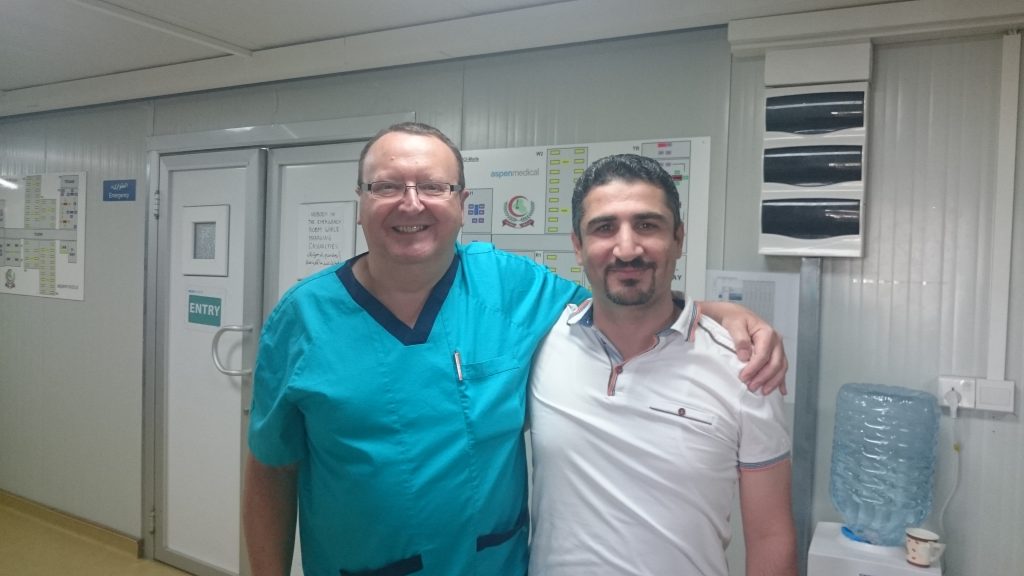
Feedback through multiple channels including direct contact with key clinicians indicated that leadership skills sustained and developed. Direct clinical mentorship was maintained and
valued as well as ongoing contact trough professional and
social media channels.
Malcolm was also able to help facilitate the delivery of the Surgery in Austere Environment Course in Erbil through direct communication with Mr David Knott a long time friend and colleague. This course was highly valued and assisted in
consolidating improved clinical practice. As of spring 2020 the facility (in a disused cement factory) continues to function while painstaking reconstruction of destroyed medical facilities in the Mosul region takes place.